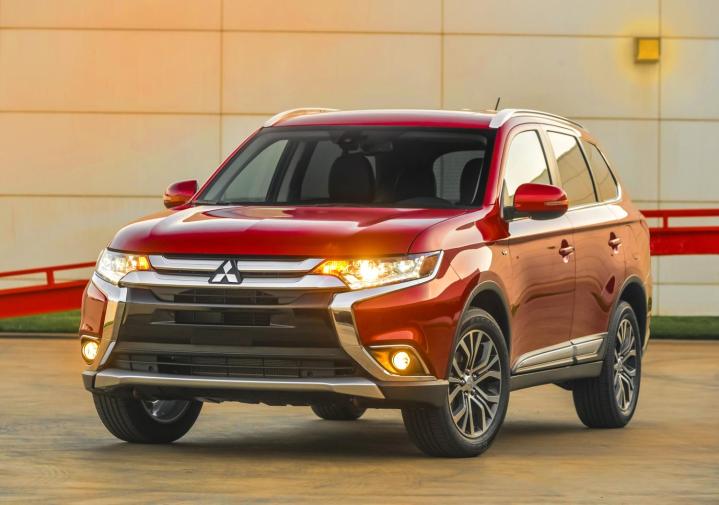
“Our findings confirm that fuel economy testing data for these U.S. market vehicles is accurate and complies with established EPA procedures,” a Mitsubishi statement said. The company checked data submitted to the EPA for model years 2013 through 2017, and claims it found no evidence of the tweaked testing procedures its Japanese arm used.
Mitsubishi disclosed this week that the affected Japanese cars got inflated fuel economy ratings because engineers used a modified version of the “coast down test” that determines air resistance. The carmaker said it devised an illegal testing procedure as early as 1992 that delivered better fuel economy results than the method proscribed by the Japanese government.
Read more: Feds inquire about Mitsubishi fuel economy
The coast down test is important because it provides a measure of the aerodynamic drag on a car’s body. Fuel economy testing is typically done in a lab, with the car strapped to a dynamometer, eliminating aerodynamic variables. Coast down testing usually involves letting a car coast to a stop from a given speed, and measuring the time it takes to stop in order to calculate resistance.
Mitsubishi notes that the EPA uses a different testing procedure than its Japanese counterpart, but it’s still possible for carmakers to cheat on the U.S. version. Hyundai and Kia’s overstatement of fuel economy on 13 2011-2013 models was attributed to manipulation of the coast down test. Variables like tire pressure and even the road surface used can significantly affect results. Carmakers conduct these tests themselves, which can make it hard for regulators to spot cheating.
Unlike Volkswagen diesel cars with “defeat device” software, cars with inflated fuel economy ratings don’t necessarily violate emissions standards. Mitsubishi will still have to pay fines in Japan, and its finances have already taken a hit from the scandal. The company is in a particularly poor position to deal with that right now thanks to years of lackluster sales in overseas markets, including the U.S.


